Recently, flooding during heavy rains in Nam Dinh city has been on the rise, significantly affecting people's daily life and commerce. According to statistics from the People's Committee of Nam Dinh city, in 2022, the city experienced 7 periods of moderate and heavy rain over a large area, especially very heavy rains lasting for a long time such as the rain on August 12 or the rain lasting for 2 days (from September 8 to 9) with rainfall of 288-312mm, causing flooding in low-lying and urban areas (some places flooded more than 1m deep)... causing severe damage to many cars and motorbikes. To respond to and resolve flooding during this year's storm season, Nam Dinh city is actively implementing solutions, preparing conditions to be ready to handle situations, minimizing the impacts of floods on people's daily lives.
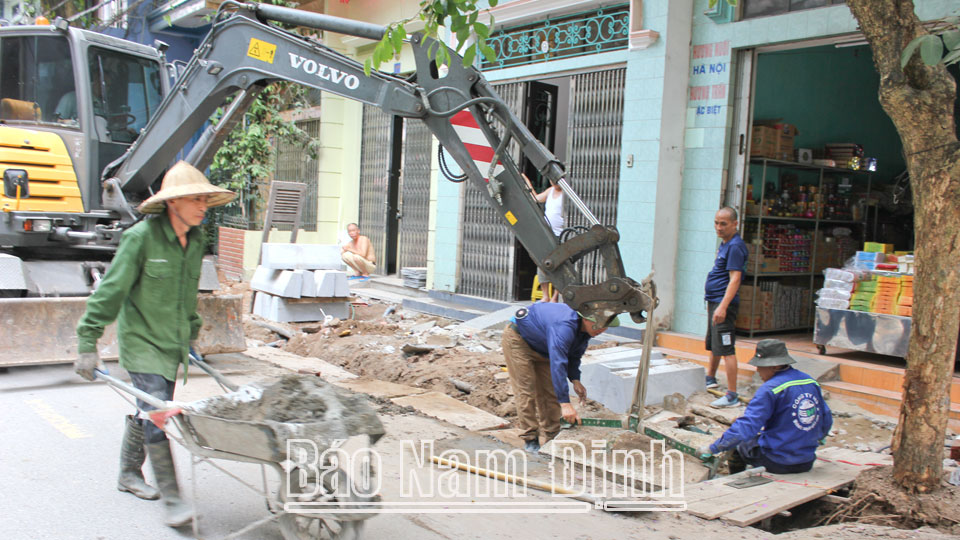 |
| Renovate and upgrade the drainage system and sidewalks of Minh Khai street to increase urban drainage capacity. |
Nam Dinh City is currently using a mixed-structure common drainage system with sealed main sewers, with a total length of nearly 50km; a system of 2 pumping stations including: Kenh Gia pumping station with a capacity of 43,000 m3 /hour and Quan Chuot pumping station with a capacity of 57,000 m3 /hour. The pumping stations are managed and regularly maintained by the City People's Committee to ensure 24/7 readiness. In the area, there are 60 hectares of regulating lakes, including the following lakes: Vi Xuyen, Vi Hoang, Truyen Thong, Son Nam, An Trach, Bao Boi, Nang Tinh, Dam Do, Dam Bet, Hang Nan... To improve urban drainage capacity, the City People's Committee has requested Nam Dinh Urban Construction Joint Stock Company to increase dredging of canals and sewers (dredging volume in 2022 is 5,200 m3 of mud); actively clear the flows to ensure timely drainage; Maintain and repair pumps at Quan Chuot pumping station and Kenh Gia pumping station to meet urban drainage needs.
However, currently in the city there are still some roads, streets and areas that are often flooded locally; deeply flooded (from 20cm or more) when there is heavy, prolonged rain such as: Tran Hung Dao - Phan Dinh Phung intersection (at the foot of Do Quan bridge), Tran Hung Dao street (section of My Tho market gate, extension along Truyen Thong lake), Han Thuyen - Hung Vuong and Chua Ca, Hang Tien, Hang Cap, Dien Hong market, the beginning of Quang Trung street (old Registration Center), Nang Tinh - Van Cao intersection, Ben Thoc, Ngo Quyen, May To streets... The cause of the above situation is due to low-lying terrain, so when there is heavy rain, all the rainwater from other locations flows to it, causing the amount of water to exceed the drainage capacity of the sewer system. Currently, the city's drainage system was built a long time ago, many sewers were built during the French colonial period or were built unsynchronized, patchwork, the cross-section of the sewers is small and does not ensure drainage during heavy rain. Some sewers of the roads have not been cleared, causing difficulties in drainage.
With the assistance of the Japan International Cooperation Agency (JICA), Nam Dinh city has established a plan for the stormwater and wastewater drainage system. In the context of limited state budget resources, the city will actively seek and arrange funding sources to gradually renovate and invest in new ones, ensuring the wastewater drainage system according to the plan; in which priority is given to renovating key flooding areas. In 2021, the city invested in the construction and completed and put into use works that contribute to improving drainage capacity, including: Kenh Street drainage culvert (section from Dong A street to Quan Tay culvert), Ma Dien drainage culvert section from Nguyen Van Troi street to Song Hao street. In addition, the city also focuses on completing procedures or is implementing projects that contribute to improving drainage capacity that have been approved for investment by the Provincial People's Council and the City People's Council, including: The project to renovate and seal 1,800m of the Gia Canal drainage line, from Pham Ngu Lao Street to Tran Huy Lieu Street, My Xa Ward, with a total cost of 122.5 billion VND, approved by the Provincial People's Council in principle for the period 2021-2024; the project to renovate and upgrade the sidewalk and drainage system of Nguyen Du Street (from Hung Vuong Street to Le Hong Phong Street) with a total cost of 14 billion 820 million VND; the project to renovate the drainage line connecting from Tran Hung Dao Street to Thuong Loi Street. To continue upgrading the landscape to match the level of a civilized and modern urban area, the City People's Committee has submitted to the City People's Council permission to invest in implementing 9 projects to upgrade sidewalks, at the same time renovate and upgrade the water supply and drainage system, and synchronous lighting on roads in the area with a total investment of over 88.1 billion VND. In the first months of 2023, the city is simultaneously implementing a number of projects to renovate and upgrade roads and streets such as: Han Thuyen (section from Hung Vuong Street to Phu Nghia Street); Hai Ba Trung Street (section from Ba Trieu Street to Phan Dinh Phung Street); Minh Khai Street (section from Hung Vuong to Mac Thi Buoi and section from Mac Thi Buoi to Hang Dong). The project to renovate and upgrade Han Thuyen Street (from Hung Vuong Street to Phu Nghia Street) with a total investment of 14,992 billion VND has completed the construction of a new B400 drainage culvert 310m long, paved 3,900m2 of sidewalk stone, and 550m of stone curb; construction of B1000x1000 culvert and B1000x600 culvert is continuing. The project to renovate and upgrade the sidewalk of Hai Ba Trung Street (from Ba Trieu Street to Phan Dinh Phung Street) with a total investment of more than 5.9 billion VND includes paving gray stone bricks on the sidewalk, replacing the public lighting system; and renovating the drainage system. The project to renovate and upgrade the sidewalk and drainage system of Minh Khai Street (from Hung Vuong Street to Mac Thi Buoi Street and from Mac Thi Buoi Street to Hang Dong Street) is a level III urban traffic project and a level IV technical infrastructure project. The project was built to ensure traffic, drainage, urban beauty, and synchronized technical infrastructure in the area. The sidewalk is paved with gray Terrazo tiles imitating stone and lined with nylon to prevent water loss when pouring concrete for the sidewalk foundation... the project has a total investment of more than 7.9 billion VND.
To improve the efficiency of drainage and respond to the increasingly complex and extreme natural disasters, the People's Committee of Nam Dinh city has directed to step up propaganda work to raise awareness among cadres and people; directed to strengthen State management of the drainage infrastructure system to ensure operation and drainage capacity; propagate and mobilize organizations, enterprises and individuals not to encroach, litter, build blocked sewers and drainage gates. Directed Nam Dinh Urban Construction Joint Stock Company to focus on mobilizing forces to organize maintenance, dredging mud on sewers, manholes, scooping duckweed, garbage at discharge gates, collecting waste and weeding the drainage canal roof, increasing the cross-section of the flow to increase drainage capacity. Maintain and operate pumping stations, arrange 24/7 staff to scoop duckweed and garbage at the Kenh Gia and Quan Chuot pumping stations; Implement buffer water pumping and maintain low water levels at these two pumping stations, and proactively regulate water by sluice gates from Vinh Giang River into the city's canals, ditches, and sewers; assign permanent forces to open manhole covers to increase the ability to collect and drain water quickly; promptly detect and handle local blockages whenever there is heavy rain. Continue to review drainage plans to ensure the route and drainage flow as a basis for research and implementation of investment projects to continue to improve the rainwater and wastewater drainage infrastructure system. Speed up the construction of technical infrastructure works, urban embellishment, prioritize flood control for key areas, and have solutions to respond to heavy rain. Perform well the maintenance of the drainage system, have timely drainage solutions to prevent local flooding./.
Article and photos: Thanh Trung
Source link





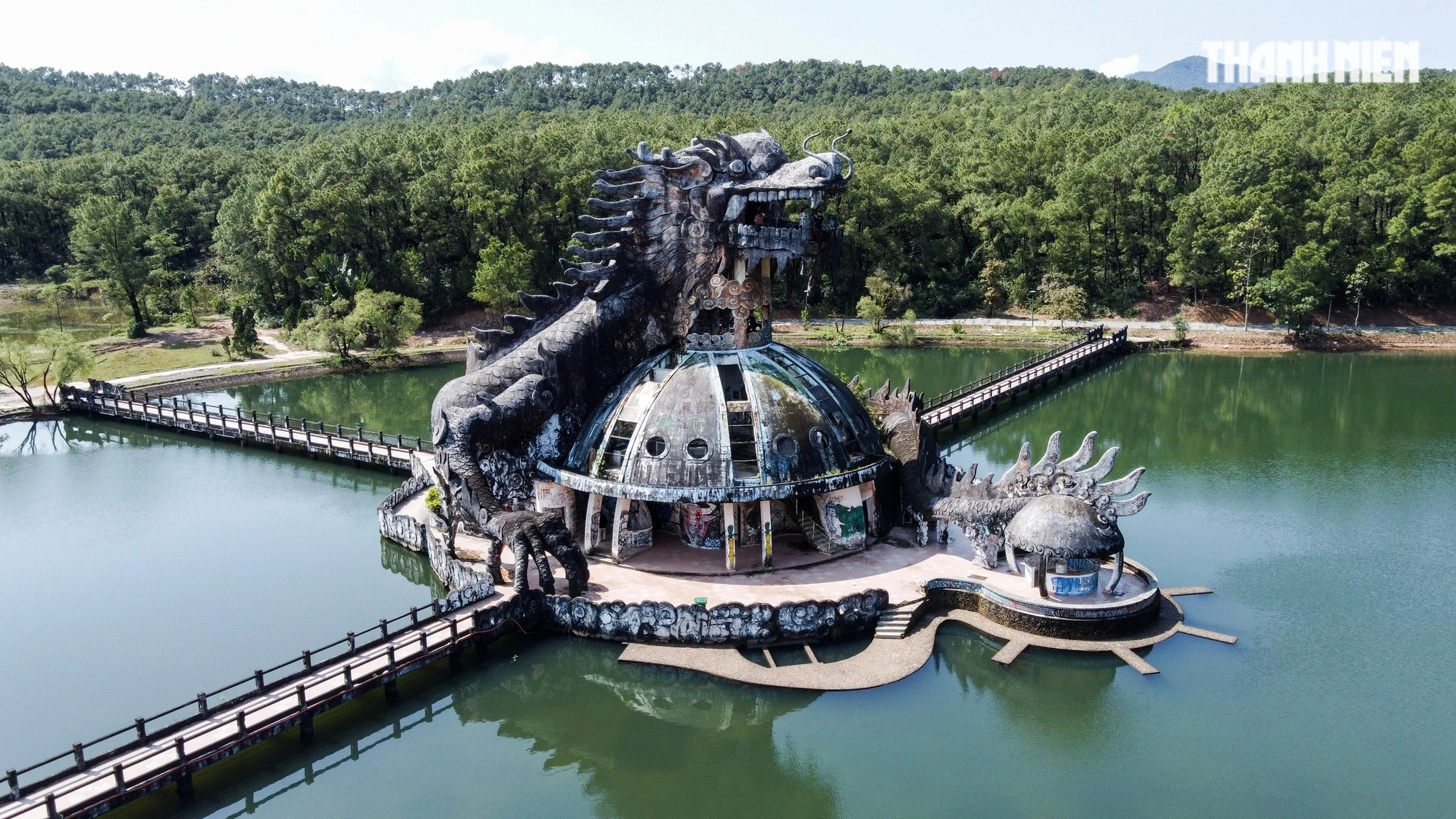
























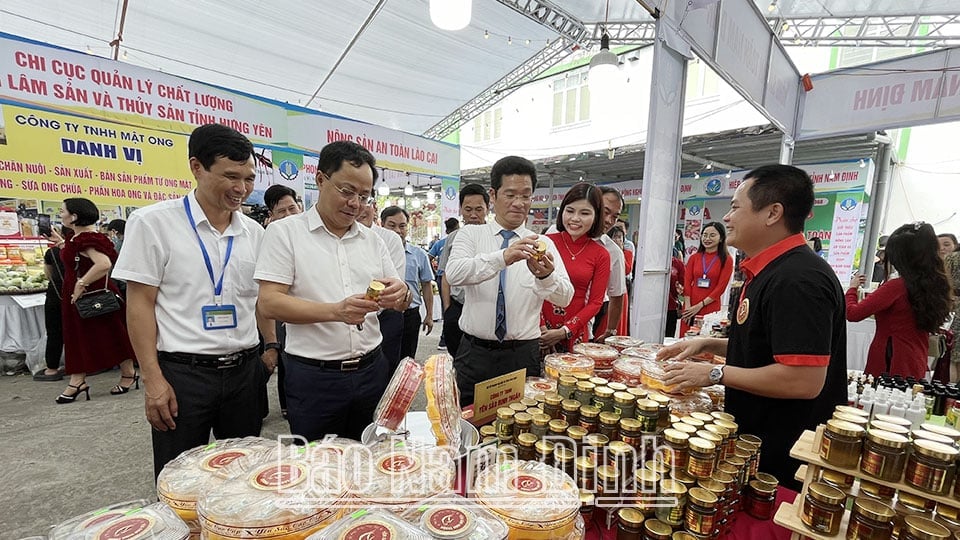
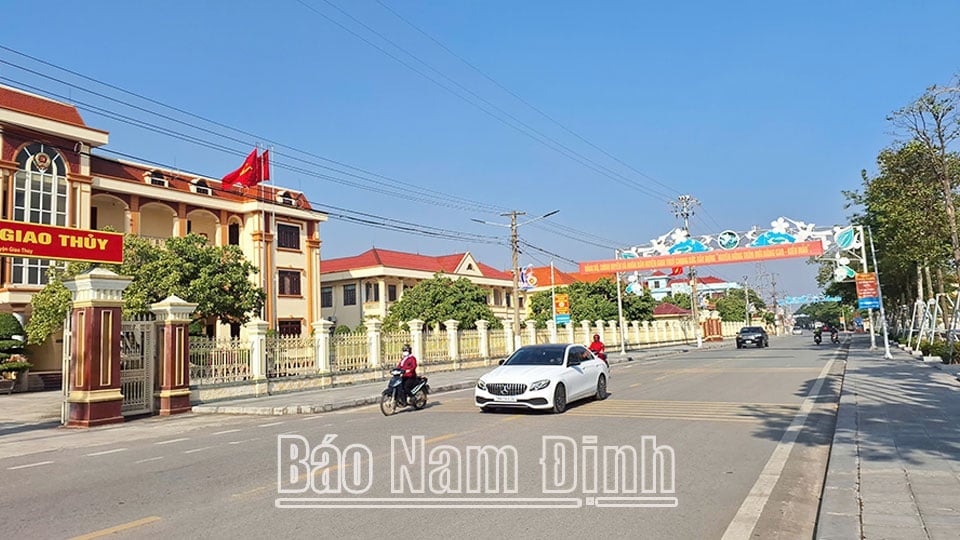
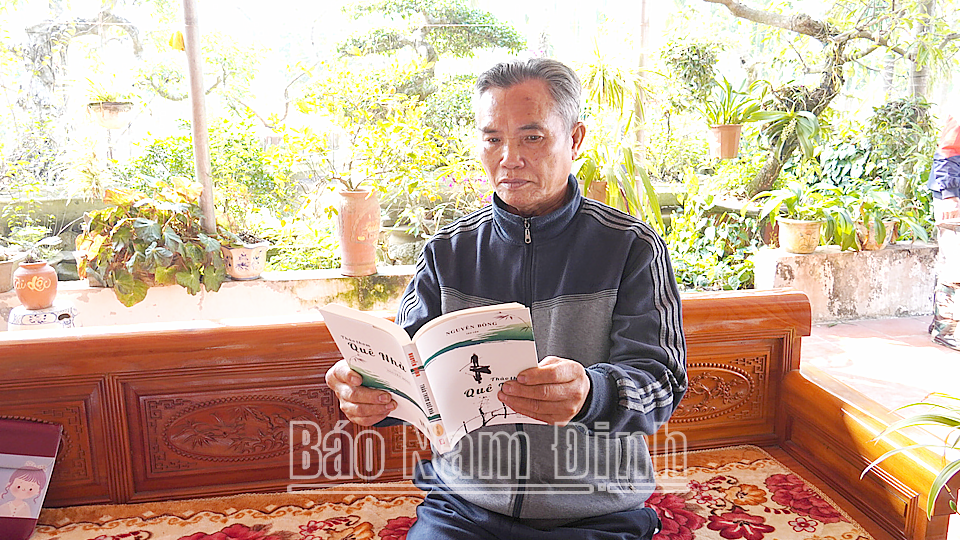
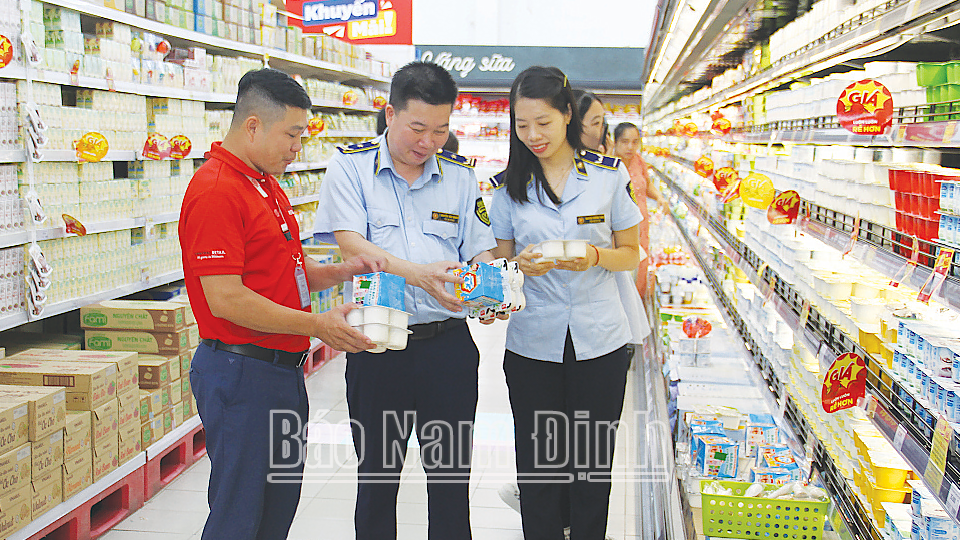

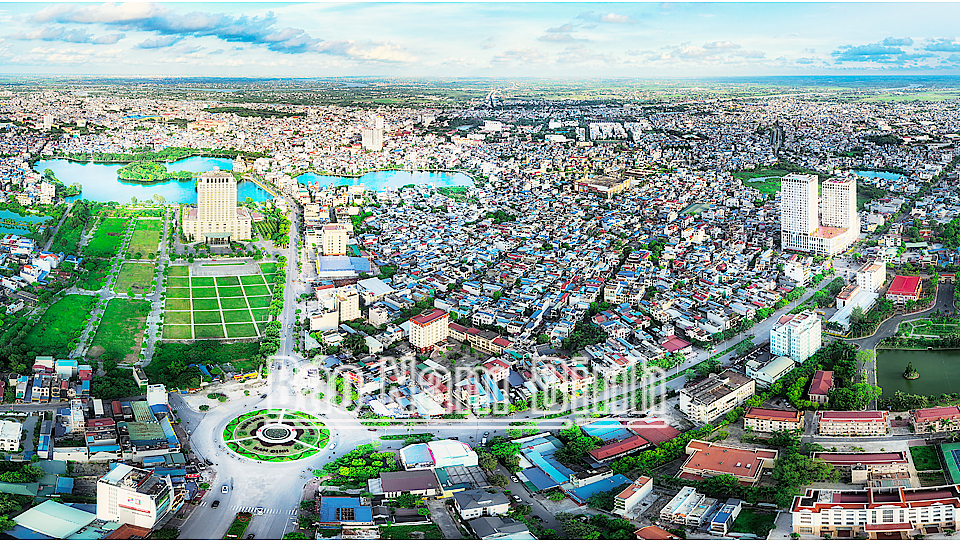
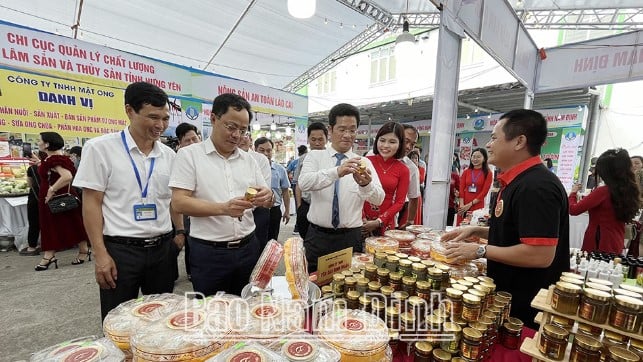
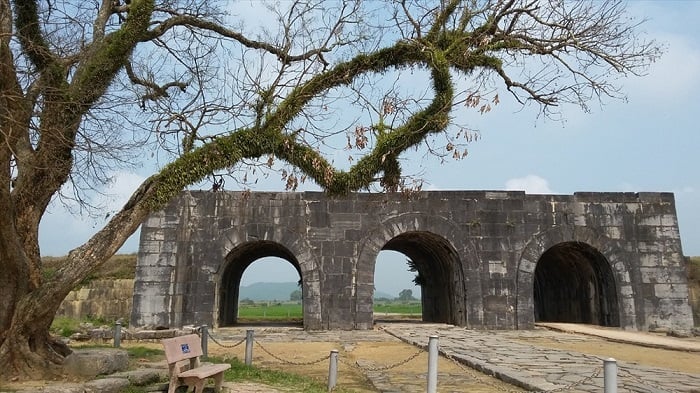
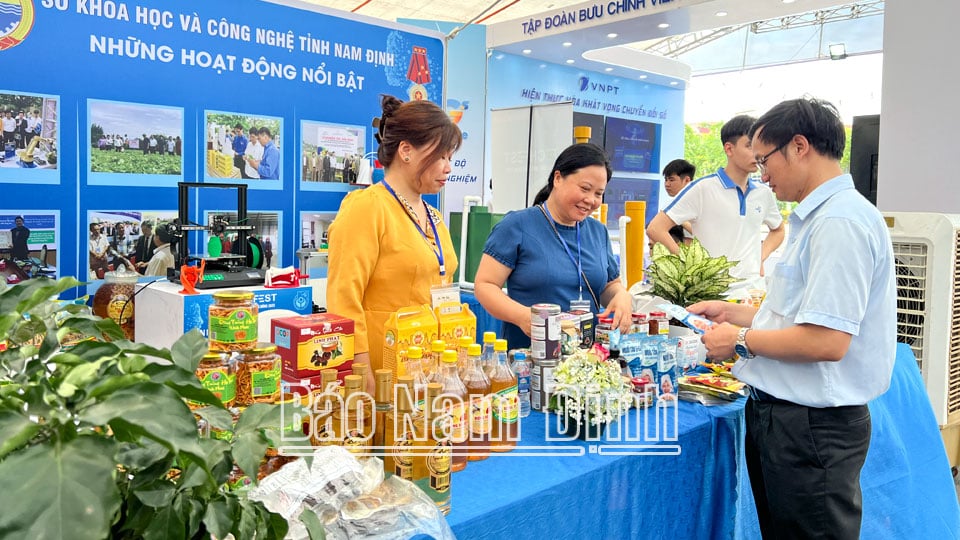
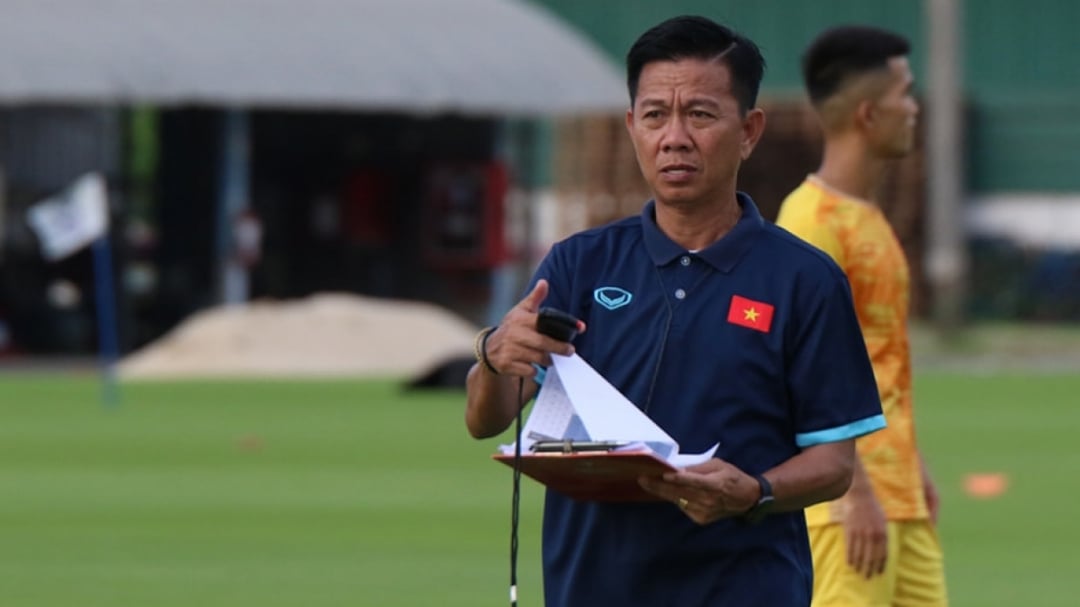
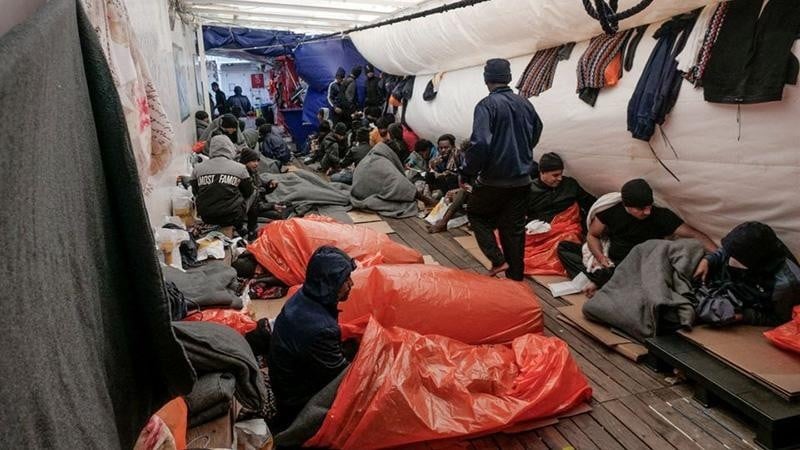
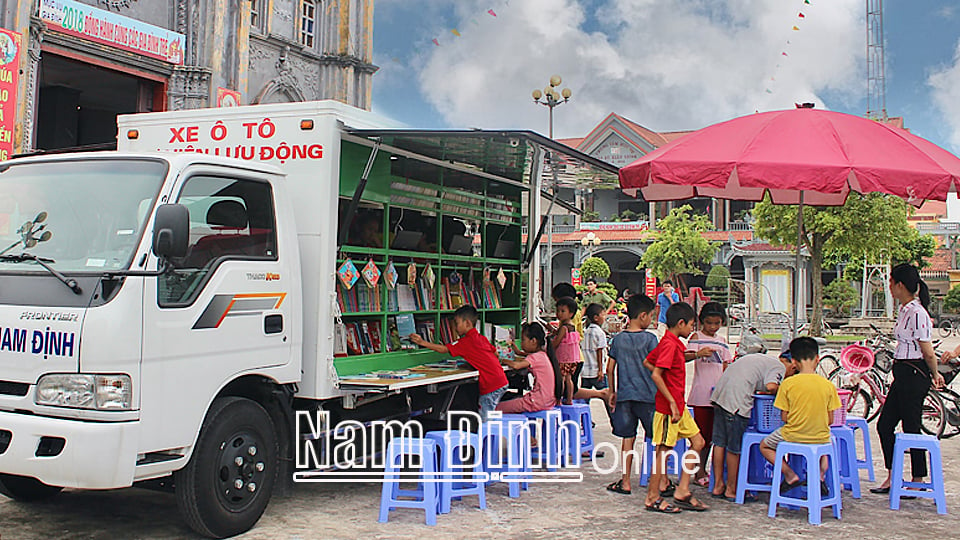
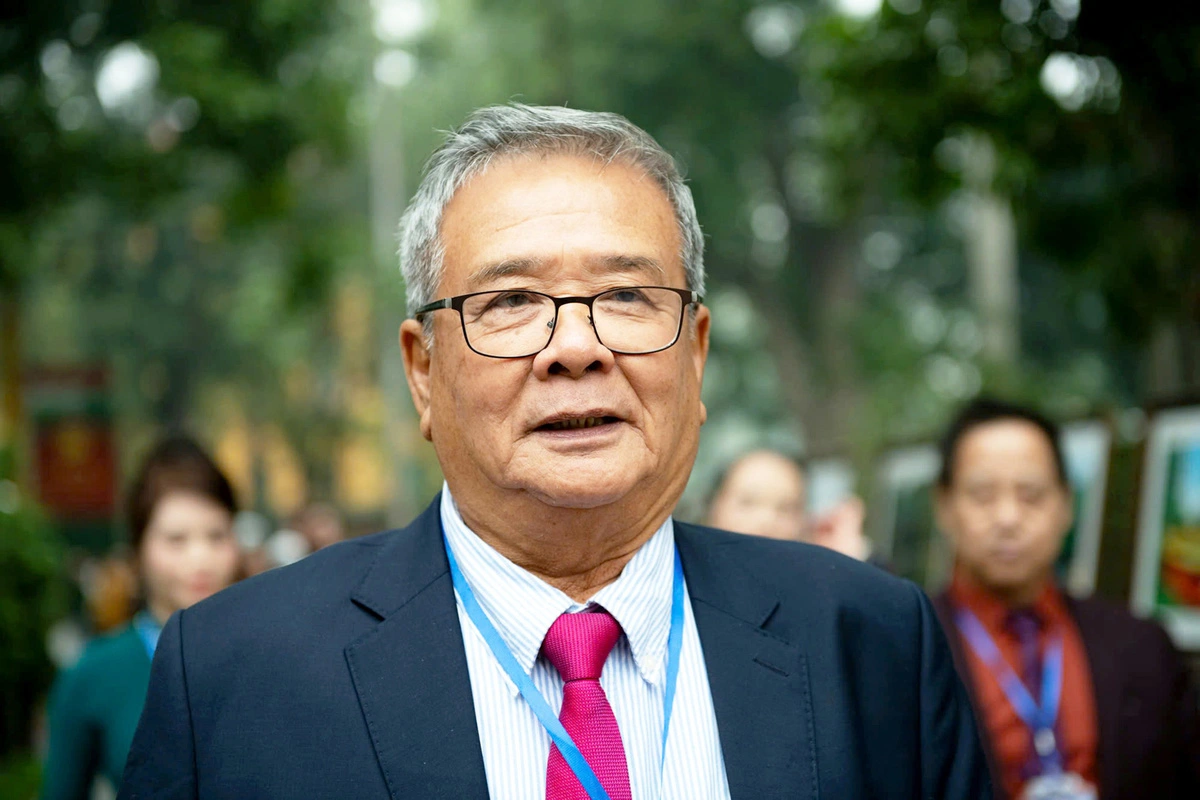







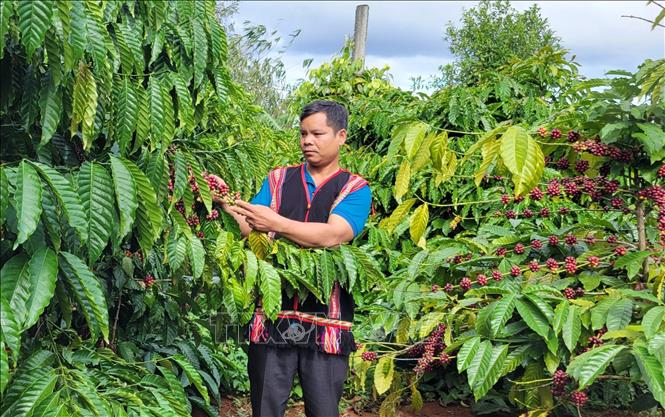





Comment (0)